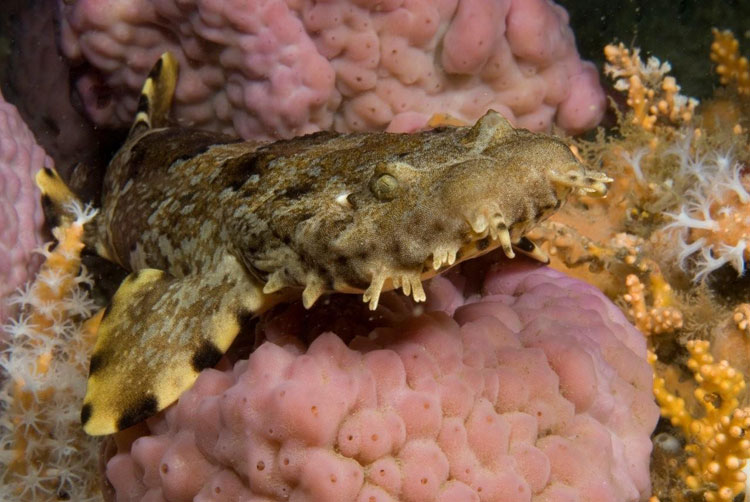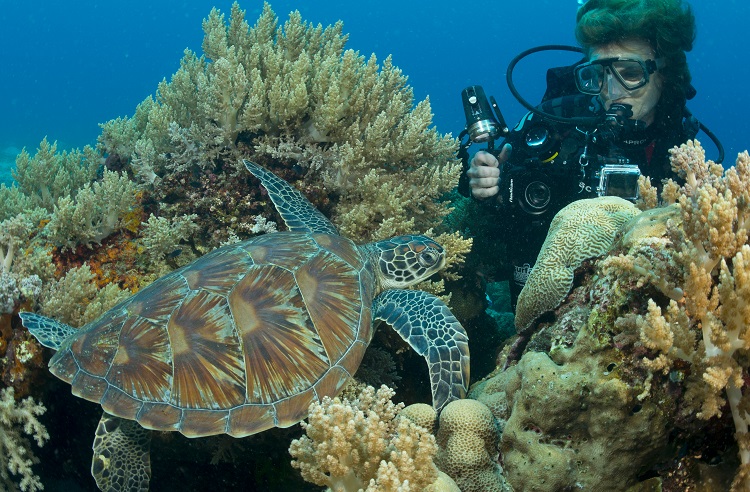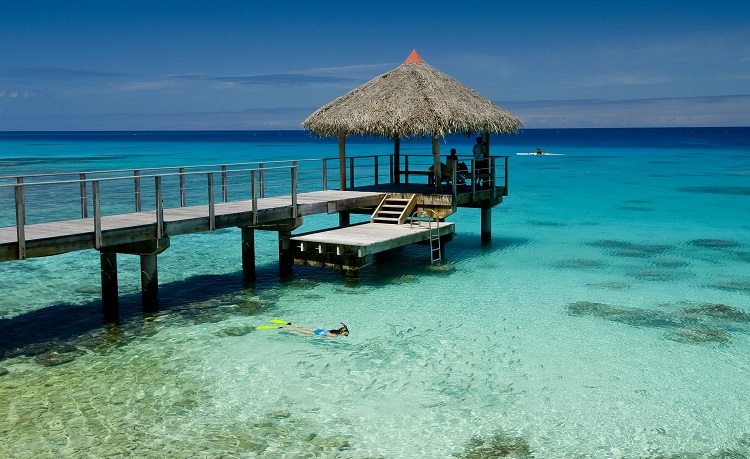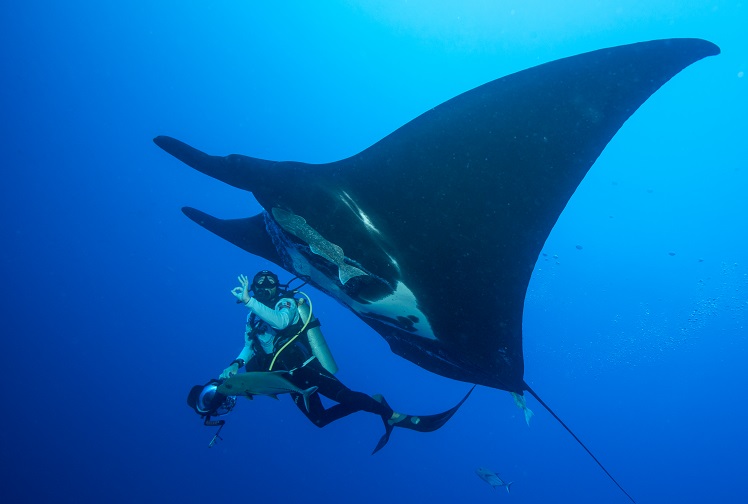Dwarf Ornate Wobbegong Shark
07-Jul-2012 Back to Image Gallery
At the time I was photographing this juvenile wobbegong snuggled up among the beautiful soft coral, sponges and sea tulip gardens of Nelson Bay I had no idea I was looking at a new species of shark. Like everyone before me we assumed these small wobbegongs were just youngsters of the much larger (up to 3 metres) wobbegongs commonly encountered along our NSW coast. We now knowthat this little shark has been incorrectly described by marine science and thanks to recent research it is now a species in its own right. Dwarf Ornate Wobbegong, Orectolobus ornatus. Its larger cousin is now known as Banded Wobbegong, Orectolobus halei. What a thrill to know we are still in the era of new marine discoveries, we are probably in the presence of new marine species and behaviour more often than we realise. As my late friend, Neville Coleman, often said `marine research is in its infancy, study any marine animal for a week and you could easily be the world expert on that animal’.
Photo Data: Location: Fly Point, Nelson Bay, Port Stephens, NSW. Australia. GENRE: Macro. Photo Data: Nikon D200, Nikkor 60 MM lens, Seacam Housing, Dual Seacam Strobes, and Manual Exposure Mode. ISO 100 Exposure f22 @ 1/125th sec. Image by Kevin Deacon.
Photo Hints: As this is macro genre any strobes are suitable but the use of very powerful dual Seacam Sea Flash 150 Strobes has made it possible for me to select a small aperture providing exceptional depth of field with more of the scene remaining in focus. Equipment Comments: Use of a DSLR lens such as 60mm rather than the 105mm lenses is recommended. Longer lenses such as 105mm force the photographer to shoot through too much water when targeting larger macro subjects such as this 30 cm shark.
Interesting Facts: Dwarf Ornate Wobbegong sharks are born 20cm long and grow at the rate of about 20cm per year to a maximum length of 120cm. This little shark would have been about one year old. Wobbegong sharks are fished for seafood and sold as flake, you may well have eaten some. Their skin has also been used as leather. As only about 10 pups are born they can’t reproduce quickly, like many sharks their future is under threat and protection is warranted. The best location to find them is Fly Point Nelson Bay, Port Stephens. Fortunately this is a marine park so these little sharks are secure there but not once they migrate from the area.



